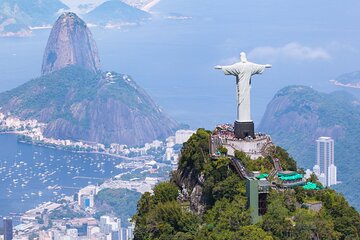Top Brazil activities
Explore by category
Explore Brazil tours
Top Brazil landmarks
Top Brazil landmarks
Top Brazil landmark tickets
Beyond Brazil
Tours in nearby places
Explore Central & South America tours
Brazil trip ideas
Brazil travel articles
Top 15 things to do in ...





























































